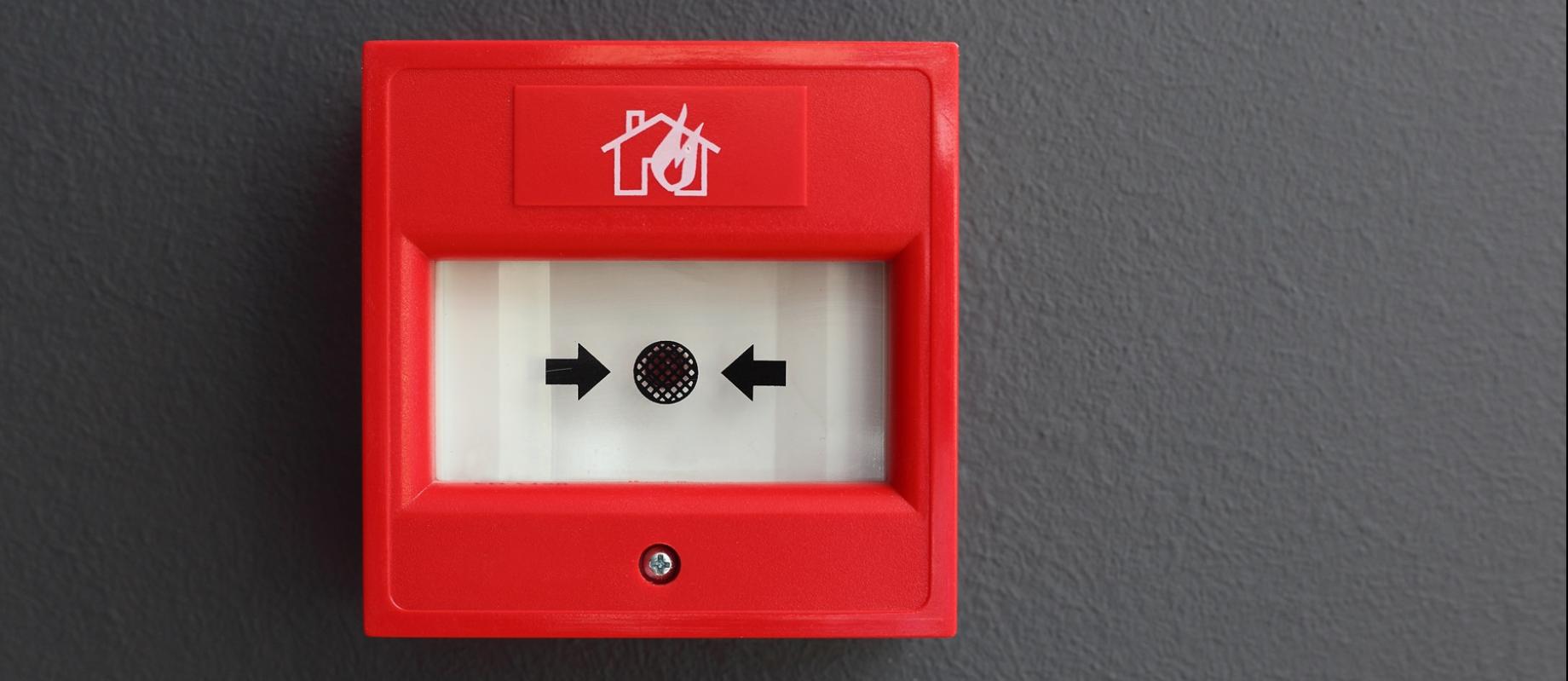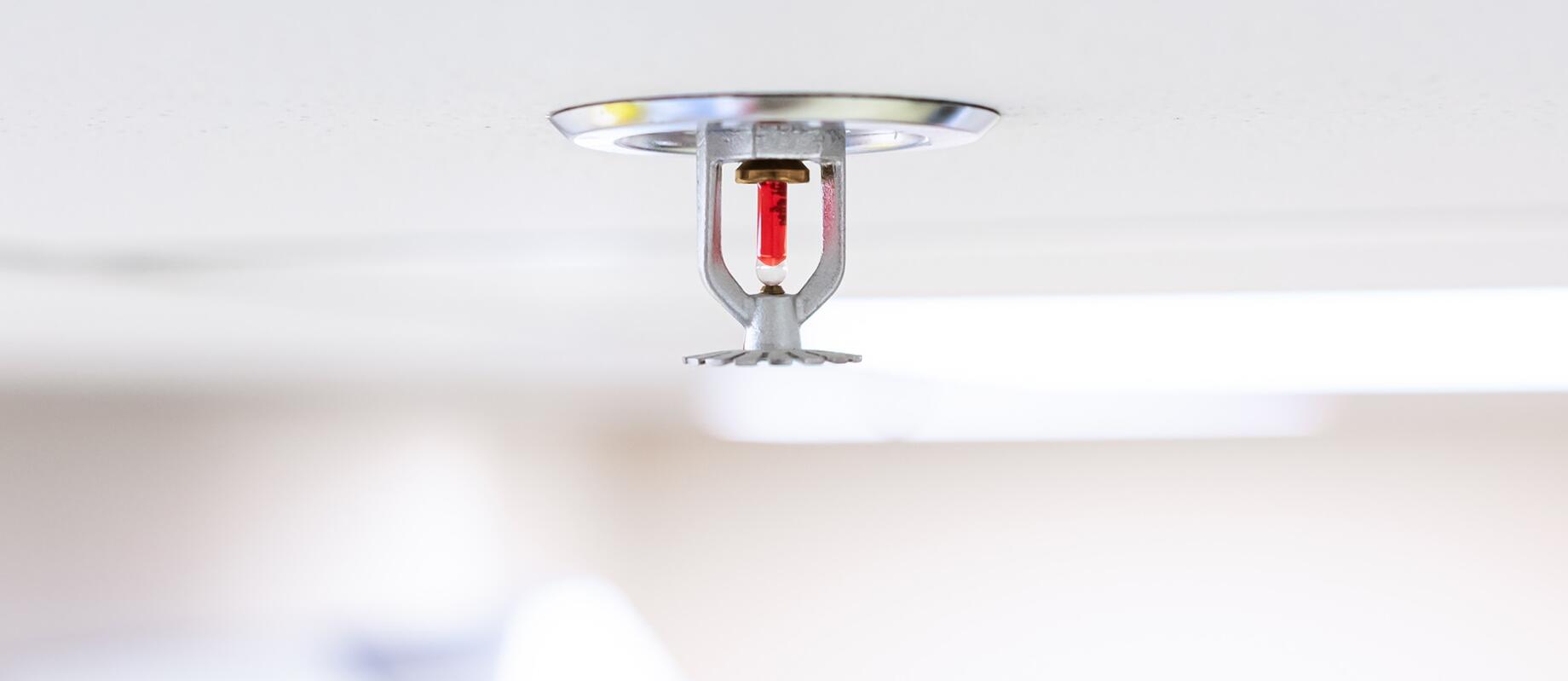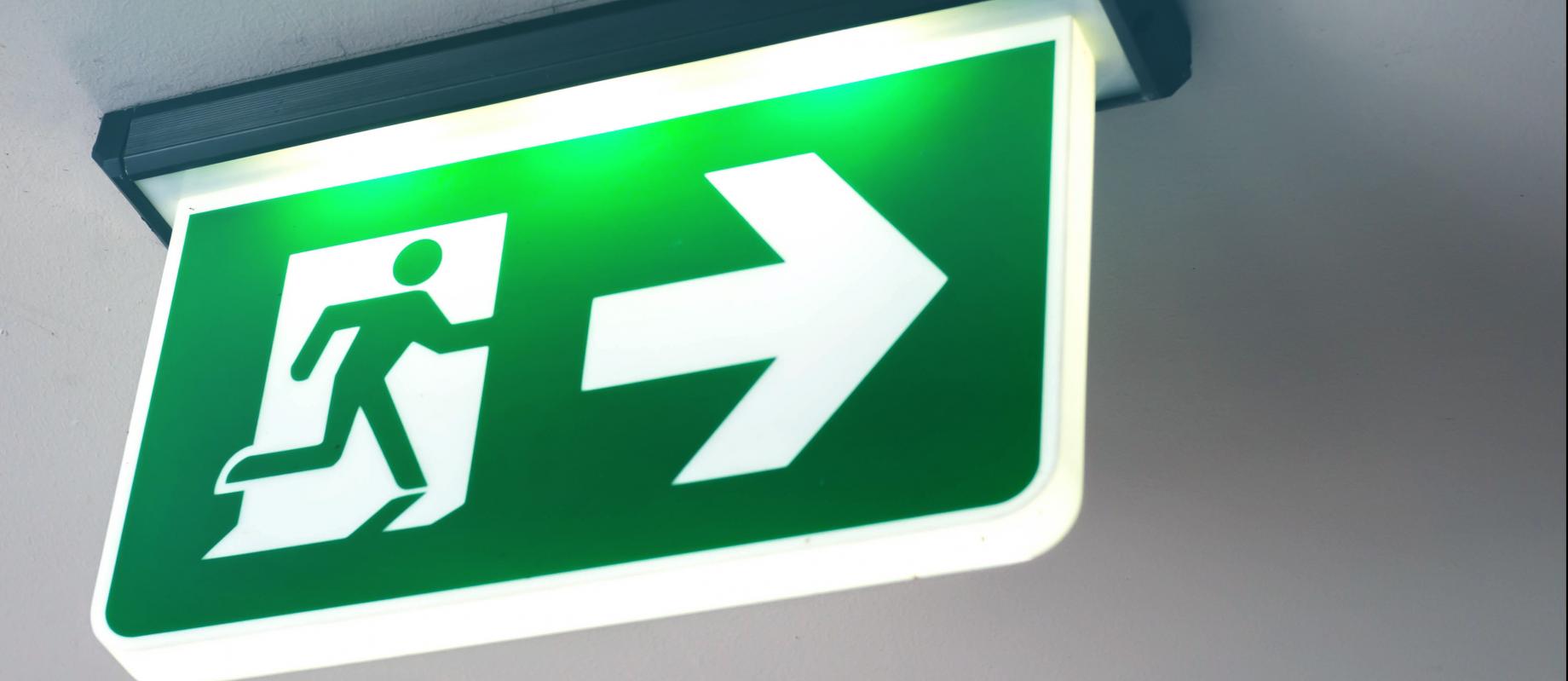Fires happen. Across England last year the Fire and Rescue Services attended approximately 10,000 dwelling fires that involved apartments.
In most cases, fires start as a result of human activity. This could be failing to extinguish a cigarette, leaving a pan on the hob unattended or a burning candle. It could also be caused by items that people have brought into a building and combusted, such as an e-bike/e-scooter. The Grenfell fire is believed to have been caused by an electrical fault in a refrigerator in the kitchen of a fourth floor apartment.
There are two main ways we can help to prevent fires and/or reduce their impact.
First, ensuring everyone who inhabits the building is ‘fire aware’ and takes appropriate precautions to prevent fires from starting in the first place.
Second, should a fire occur, ensuring that effective protection measures are in place to help contain the fire, reduce its spread and allow residents to safely escape.
Both steps are critically important and will save lives.
Fires have enormous consequences. Not only is there a high emotional toll for people who are involved and impacted, there is also a high financial cost associated with rectifying fire damage and increased insurance costs. If a fire is avoided, then these consequences are avoided too. Preventing a fire from happening is always the primary aim.

There are a huge number of steps that can be taken to prevent apartment block fires - here we’ve listed some of the most crucial. If you're the director of a Residents’ Management Company, Right to Manage or the freeholder of a development, then these top-level steps are useful to keep in mind.
But it’s incredibly important to remember the optimal fire safety for each development will be different, depending on its construction, age, use and many more factors. Each fire prevention plan should be approached taking these unique factors into account.
Educating residents about the fire risks posed by certain behaviours or actions is critical. Look for every opportunity to communicate with residents about the importance of fire prevention and what to do in the case of a fire. Use AGMs, newsletters, online communications, noticeboards and appropriate signage to get across key messages.
Let’s take bin stores as an example. Unfortunately, bin stores can be targeted by opportunistic arsonists. When assessing the cause of this type of fire, it’s believed that residents leaving waste on display or areas unlocked have given opportunity for fires to be started.
That’s why clear communication - through the means mentioned - is crucial. It makes sure residents are aware of the risks of incorrectly storing waste, and how something seemingly innocent, such as leaving a bin store open, can in fact lead to a fire.
‘Higher risk buildings’, such as high rise buildings, will have specific, bespoke requirements in line with recent legislation.
Along with many other measures, another example of communication coming into play with fire prevention is in fire safety notices issued to property owners on a regular basis. These cover clear, concise information on:
If you’re sitting on a plane and look around when the safety demonstration is being given, you may notice that many people aren’t paying attention, presumably because ‘they’ve heard it before’. We can’t stress the importance of not glossing over this fire safety information when it is re-issued because ‘you’ve heard it before’ (or worse, because it’s the ‘health and safety police’). If a fire breaks out, you will need to take split-second decisions. In that moment, you would be grateful you took the time to familiarise yourself with what you need to do.

Fire Risk Assessments (FRAs) are an opportunity to evaluate and scrutinise what can be done to improve fire safety. Although FRAs are a lot of work - and the subsequent actions can be time consuming and incur cost - they do help to pinpoint where improvements can be made.
FRAs are carried out by specialist, trained professionals, not the day-to-day manager of your building.
In instances where steps need to be put in place to quickly ensure resident safety, an FRA is vital. For example, whilst we were addressing a cladding remediation and the legislative landscape was constantly changing, we used the highest-level of FRA to inform interim fire safety measures at an apartment block. You can read more about this case here.
If we think back to the bin stores example we gave previously, we can see how first identifying the risks posed by bin stores can lead to the necessary steps being taken to prevent fires caused by their misuse. As mentioned before, that could be resident education but it could also be implementing suitable deterrents. For example, CCTV - dummy or otherwise - could drive away opportune bin store arsonists.
Many apartment blocks will also have fire prevention measures included in the legally-binding covenants, which leaseholders agree to. These can include limitations on how a balcony can be used - for example - to minimise fire risk. The nature of covenants mean they can deter behaviour that could pose a fire risk.
Of course, as we suggested before, fire prevention is key but fires do still happen. That makes it incredibly important that each apartment block’s fire safety systems are maintained and operating. The necessary measures need to be in place to ensure escape routes are safe to use and fires aren’t given more ‘fuel’ to burn. This ‘fuel’ is commonly referred to ‘combustible materials’, which means things that will catch alight and burn, such as items in a hallway.
In most instances this can include:
Again, this isn’t an exhaustive list of the measures to be taken to minimise the extent of a fire, or the damage it can cause. But it gives an indication of the steps that can be taken.
With these measures in place, resident safety is prioritised in the case of a fire. And that has to be the priority of anyone responsible for a development’s fire safety.
Of course, the immediate actions to ensure safety lie with the fire and rescue services, but the input of a managing agent or Residents’ Management Company is also vital.
Our article ‘Apartment Fires: The what, the why and our experts’ advice’ gives a run down of how we, at Encore, have put this into action when fires have happened at blocks we manage. We’ve worked directly with fire services to provide information on the building that can aid their work, as well as inform residents of the emergency.
If you’re an RMC director who is looking for expertise and guidance on fire safety, we can help. Reach out to us by giving us a call or dropping us an email.
As managing agent to apartment blocks of all shapes and sizes up and down the country, we put huge emphasis on fire prevention - but we also know the importance of having the right systems in place to reduce damage and ensure safety, whilst also being ready to react appropriately in the case of an emergency.
Apartment block fire safety is by no means a straight-forward process. It requires persistence, consistency and high levels of competency and health and safety knowledge. But it’s all incredibly important - because ultimately, lives depend on it.
